Home> News
China's top 10 breakthroughs in life sciences in 2016
Updated: 2017-10-25
The China Association for Science and Technology recently released the 2016 edition of "China’s Top 10 Most Remarkable Breakthroughs in Life Sciences". Here is the ranking in no particular order.
Branch plant hormone identification mechanism for strigolactone
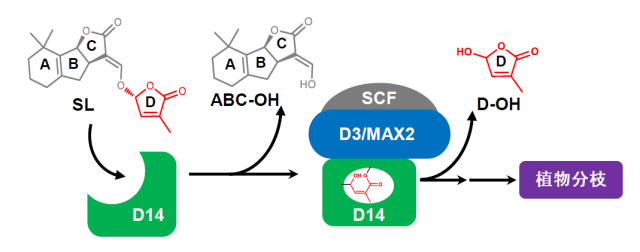
Xie Daoxin, Rao Zihe and Lou Zhiyong from Tsinghua University discovered a new plant hormone identification mechanism for strigolactone. While classical hormone receptors reversibly and non-covalently bind active hormone molecules to trigger signal transduction, their research advanced a biological theory which has been popular over the past 100 years, and laid a solid foundation for the possible establishment of new theories concerning the irreversible covalent bonding between a ligand and receptor. The work of Xie and his colleagues could finally lead to breakthroughs in the genetic modification of plants and the controlling of weeds.
The architecture of the mammalian respirasome
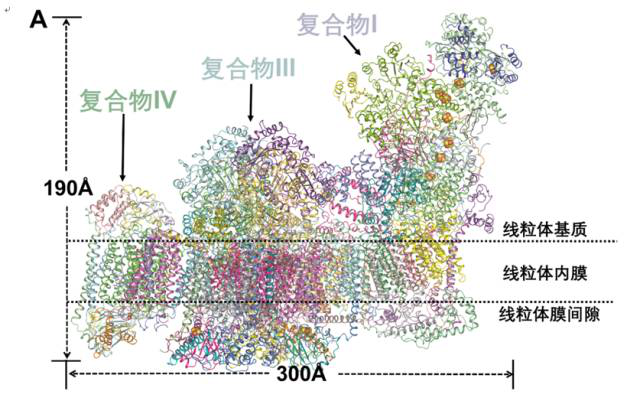
Respiration is one of the most fundamental biological processes in all living organisms. Dysfunction of mitochondrial respiratory chain complexes generates many human diseases. Yang Maojun and his research team from Tsinghua University reported for the first time the atomic resolution cryo-electron structure of mammalian respirasome, and their research has been published by Nature and Cell magazines. This achievement enables us to deeply understand the organization of the mammalian respiratory chain and the mechanism of proton pumping and electron transfer, and provides critical information in treating cellular-respiration related diseases.
Genetic regulatory mechanism in early embryonic development
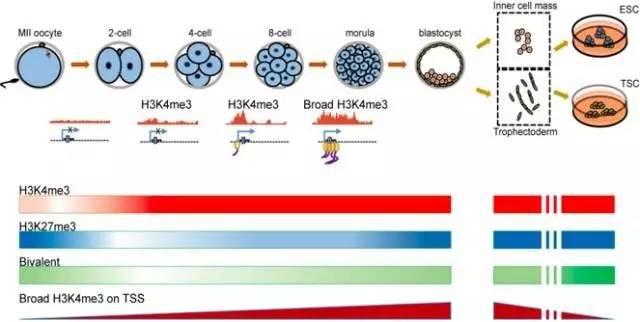
Gao Shaorong and his research team from Tongji University discovered the genetic regulatory mechanisms of H3K4me3 and HK27me3, two proteins which play a key role in the earliest cell division of embryos. Abnormalities could hamper an embryo's development and even cause death. The discovery could help to improve embryo quality screening and control of congenital deformity before embryo implantation during in vitro fertilization.
Modulated cholesterol metabolism to potentiate T-cell antitumor immunity

Xu Chenqi and Li Boliang's group from the Shanghai Institute of Biochemistry and Cell Biology of the Chinese Academy of Sciences found that inhibiting cholesterol esterification can potentiate the antitumor activity of CD8+ T cells. As key players of the immune system, T cells provide tumor surveillance and have direct antitumor effects. On the other hand, tumors can escape T-cell attack through various mechanisms in the tumor microenvironment. The researchers found that inhibiting a cholesterol esterification enzyme ACAT1 can increase the plasma membrane cholesterol level and therefore promote the T-cell signaling and killing process. This new way of improving T cell functions might be used to complement current cancer immunotherapies.
Stem cells activated to treat cataracts in babies
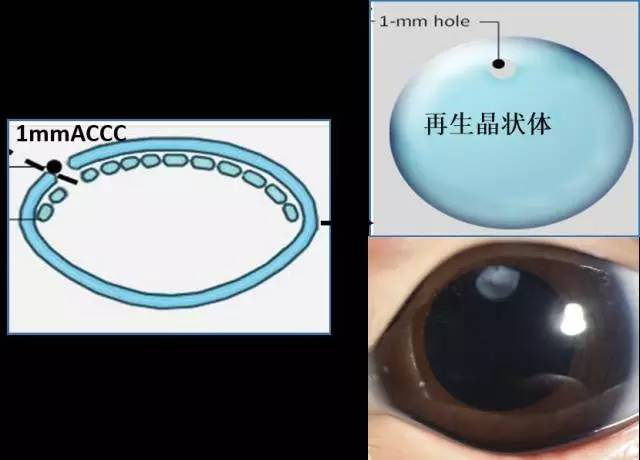
Liu Yizhi and his research group from Sun Yat-sen University's Zhongshan Ophthalmic Center developed a new form of cataract surgery to restore vision and reduce complications in babies by, for the first time, activating stem cells in the eye to grow a new lens. Instead of removing the entire clouded lens and implanting an artificial one, Liu and his team kept the main structure of the lens via a much tinier incision and made it regenerate. The result of 18 years' of research, the technique may hold promise for millions of patients who would otherwise undergo traditional cataract eye surgery. It is also the first time doctors have succeeded in making stem cells regenerate into a new organ.
Discovery of the long-sought RAG transposon
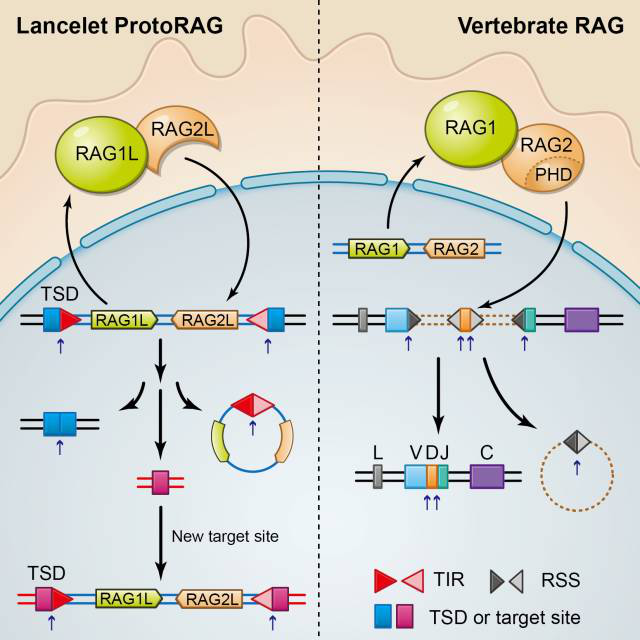
Xu Anlong and his colleagues from Beijing University of Chinese Medicine reported the discovery of the long-sought RAG transposon from a basal chordate called lancelet. This work provides the strongest evidence supporting the transposon hypothesis proposed by Nobel Prize laureate Susumu Tonegawa which has been used to explain the origins of the V(D)J rearrangement for the human B/T-cell receptors in the last four decades. The research provides powerful evidence in favor of the RAG transposon hypothesis and proves that the development of the adaptive immune system was a key event in the evolution of invertebrates as well as vertebrates. The research could lead to new genome editing ideas and technologies in the future.
A receptor heteromer mediates the male perception of female attractants in plants
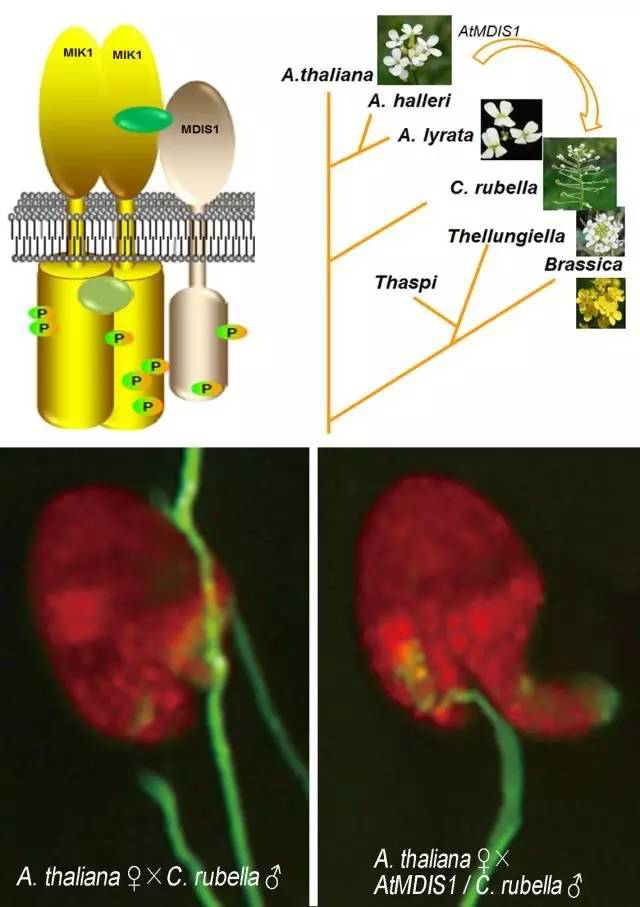
Sexual reproduction requires recognition between the male and female gametes. In flowering plants, the immobile sperms are delivered to the ovule-enclosed female gametophyte by guided pollen tube growth. Although the female gametophyte-secreted peptides have been identified to be the chemotactic attractant to the pollen tube, the male receptor(s) is still unknown. Yang Weicai and his colleagues from the Institute of Genetics and Developmental Biology of the Chinese Academy of Sciences identified a cell-surface receptor heteromer on the pollen tube that perceives female attractant LURE1 in Arabidopsis thaliana. Yang's group's findings reveal a new mechanism of the male perception of the female attracting signals. A receptor heteromer mediates the male perception of female attractants in plants. This study has established a method to break reproductive isolation by means of genetic engineering, which provides an important theoretical basis for overcoming heterozygosity in hybrid breeding.
Sperm tsRNAs contribute to intergenerational inheritance of an acquired metabolic disorder
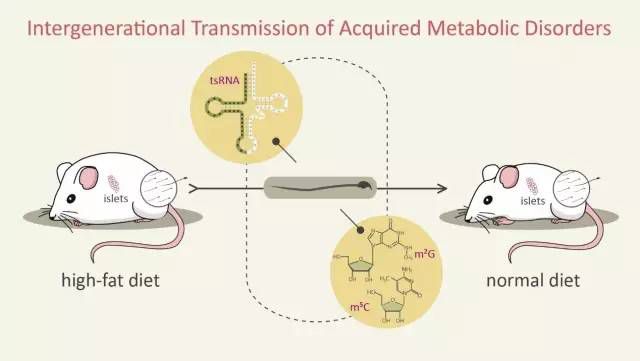
Increasing evidence indicates that offspring metabolic disorders can result from the father's diet, but the mechanism remains unclear. Zhou Qi and Duan Enkui, from the Institute of Zoology of the Chinese Academy of Sciences, and Zhai Qiwei, from the Institute for Nutritional Sciences of the Chinese Academy of Sciences, found that sperm tsRNAs represent a type of paternal epigenetic factor that may mediate intergenerational inheritance of diet-induced metabolic disorder. In a paternal high-fat diet (HFD) mouse model, the researchers showed that a subset of sperm tRNA-derived small RNAs (tsRNAs) exhibit changes in expression profiles and RNA modifications. Injection of sperm tsRNA fractions from HFD male into normal zygotes generated metabolic disorders in the offspring and altered gene expression of metabolic pathways in early embryos and islets of offspring. The article has been widely quoted and commented upon, drawing the attention of various international media.
Autism-like behaviors and germline transmission in transgenic monkeys

Qiu Zilong and his team from the Institute of Neuroscience, the Chinese Academy of Sciences, reported that transgenic cynomolgus monkeys expressing human MeCP2 in the brain exhibit autism-like behaviors, such as repetition and reduced social interaction. The research for the first time created non-human primate models of autism, and provided the feasibility and reliability of using genetically engineered non-human primates to study brain disorders. Notably, the team succeeded in generating F1 offspring of MECP2 transgenic monkeys by intracytoplasmic sperm injection with sperm from one F0 transgenic monkey. Pieces of the testicle tissue were xenografted sub-cutaneously in nude mice in order to shorten the breeding cycle of the monkeys. The new method is of great significance for the creation of non-human primate animal models.
Ebola virus invasion mechanism
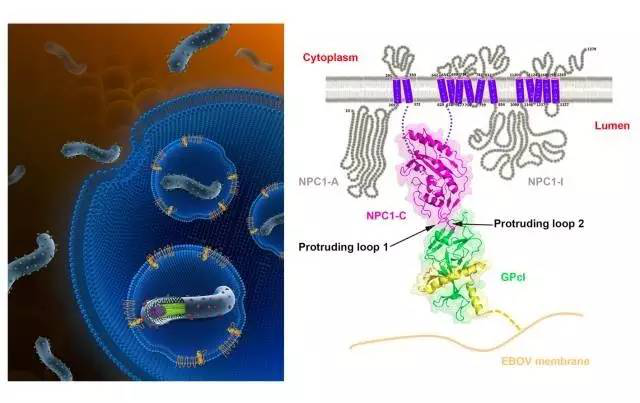
The outbreak of the Ebola virus in 2014 and 2015 killed more than 10,000 people in west African countries. Previously, the molecular mechanism of the Ebola virus invasion of host cells was unclear. Gao Fu and his team from the Institute of Microbiology, the Chinese Academy of Sciences discovered how these viruses enter host cells. Gao and his team identified an endosomal protein, Niemann-Pick C1 (NPC1), as a necessary entry receptor for this process, and that priming of the viral glycoprotein (GP) to a fusion-competent state is a prerequisite for NPC1 binding. They also determined that the crystal structure of the primed GP (GPcl) of Ebola virus is bound to domain C of NPC1 (NPC1-C) while NPC1-C utilizes two protruding loops to engage a hydrophobic cavity on the head of GPcl. The research provided structural insights into filovirus entry in the late endosome and the molecular basis for design of therapeutic inhibitors of viral entry, offering a new direction for drug development and epidemic prevention and control.
